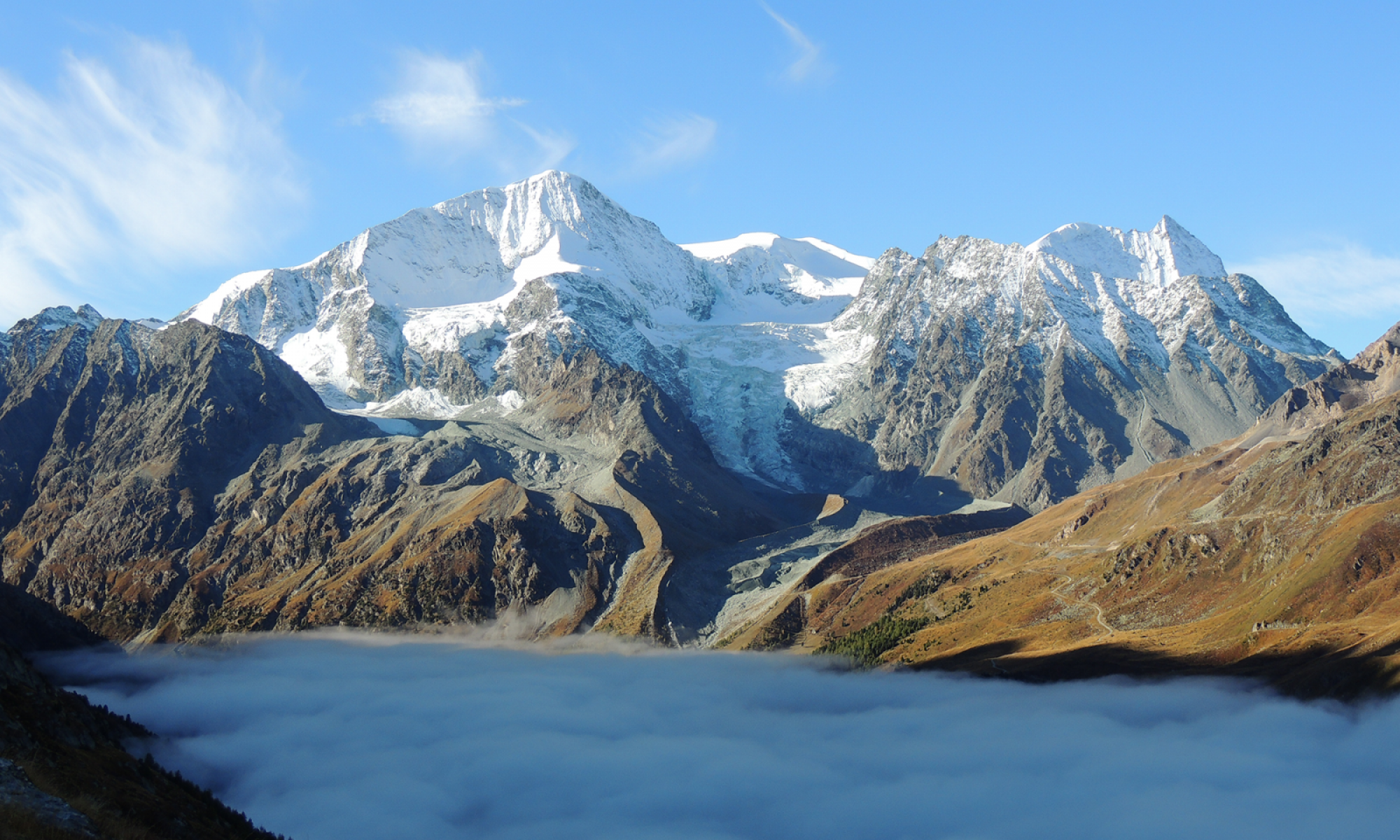Geomorphological mapping
Geomorphological mapping is the cartographic representation of landforms. Depending on the type of legend, it can be focussed on:
- What processes created the landforms (« morphogenetic maps »). Here, landforms are classified according to the process that shaped them, e.g. glacial, periglacial, fluvial, or karstic landforms;
- Current morphological dynamics (« morphodynamic maps »). Here, landforms are classified according to their current activity (i.e., whether they are active or relict).
Since the 1980’s, several mapping projects have been carried out at the University of Lausanne:
- Development of a morphogenetic legend aiming to provide a standardised symbology (see below).
- Development of a morphodynamic legend aiming to quantify the activity of processes involved in torrential dynamics (cf. Theler et al., 2010);
- Proposition of a method for geotouristic mapping (cf. Ghram Messedi et al., 2021);
- Thematic mapping, such as geomorphosite mapping (eg. Bussard et al., 2022) or rock glacier inventories (Duvanel et al., in prep);
- Comprehensive mapping of mountain catchments (eg. Lambiel et al., 2016)
